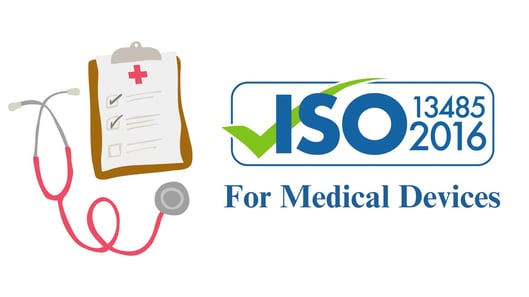
In the realm of medical devices, ensuring safety and efficacy is not just a priority—it is imperative. One of the key tools in achieving this goal is the implementation of the ISO 13485:2016 standard.
What is ISO 13485:2016?
ISO 13485:2016 is the international standard for quality management within the medical device industry. Implementing this standard demonstrates the organization’s ability to provide medical devices and related services that consistently meet not only customer needs, but also applicable and regulatory requirements both domestically and internationally.
Key Characteristics of ISO 13485:2016
- Management Commitment
Top management is responsible for establishing the framework for continuous improvement. Establish a quality policy that aligns with the organization’s strategic direction and appoint a management representative to assist in compliance with all regulator and statutory regulations.
- Product Realization
Process that encompasses the entire product life cycle from design to post-market activities. Processes are proven planned, controlled, and monitored to ensure traceability and conformance throughout life of device. Processes are planned and documented through a risk-based lens.
- Continuous Improvement with Data
Continuous improvement is central to ISO 13485:2016. Organizations must establish monitoring actives for products, processes, internal audits, and implementation of corrective and preventive actions to address any nonconformities with the business system.
Benefits of ISO 13485:2016
- Credibility in Market
Obtainment of certification acknowledges that your organization has proven that best practices have been implemented within your processes, therefore resulting in high quality and compliant products.
- Culture of Continuous Improvement
The bedrock of any quality system is built on the ability to continuously improve. Organizations that have adapted ISO 13485:2016 into their business practices tend to have a workforce that is better at analyzing risk and problem solving.
- Competitiveness
Compliance with ISO 13485 is often a regulatory requirement for medical device manufacturers in the marketplace worldwide. It provides a framework for meeting regulatory obligations, such as those outlined by the U.S. food and Drug Administration and the European Union’s Medical Device Regulation. Many organizations within the medical device realm require compliance evidence to ISO 13485 before conducting future business.
- Growth
Compliance with ISO 13485 facilitates international trade by harmonizing quality management. This simplifies market access and expedites product approvals, thus contributing to market expansion and business growth.
Overall, ISO 13485:2016 implementation is key for any organization that plays a role in medical device manufacturing, distribution, or servicing. By adhering to the ISO 134485 standards, organizations can mitigate risks, ensure product quality and safety, and maintain regulatory compliance in the highly competitive market.




